Tips to organize a 5K run
- Choose a location
- Determine and line up the resources you’ll need
- Identify and recruit sponsors
- Open registration
- Accept donations
- Promote your event
- Communicate with participants leading up to race day
- Follow up with participants after the race
Hosting a 5K run for your charity or nonprofit is a great way to raise money, increase awareness for your cause, and elevate your organization’s profile at the same time. Plus, a 5K run is short enough to attract a wide variety of participants, including running enthusiasts, first-time race participants, informal weekend athletes, everyday fitness buffs, and even non-runners who support your organization’s cause.
If you think this sounds like a great idea but you’re not sure how to organize a 5K run without feeling overwhelmed, this checklist will help you get started.
1. Choose the location
The first order of business is to choose your location. The race location will determine everything from the resources you’ll need to event promotion to how many people will choose to participate.
It’s best to select a route that will be accessible for participants of all ages and fitness levels to ensure a higher number of registrants. Also, determine if your race will be a looped course or one where runners start at one point and end at another. And choose a race route that allows space for water stations, portable toilets, trash cans, and even spectators to keep the runners’ spirits up.
2. Determine and line up the resources you’ll need
When organizing your 5K run, there are a few must-have resources you’ll need to plan for. These include volunteers and staff, transportation, aid stations with water and snacks, portable toilets, signage, tables, first aid kits, walkie talkies, and police and medical professionals for the day of the race.
And don’t forget to contact the relevant local city officials to confirm route availability and complete any necessary permits.
3. Identify and recruit sponsors
Local sponsors can help defray the costs of resources through cash donations, or they can donate resources directly. You can also partner with local businesses and companies that align with your organization. For example, a nonprofit arts organization could seek out sponsorships from art supply stores for their 5K run.
4. Open the registration
Make it as easy as possible for participants to register and submit contact information, entry fees and donations, or fundraising commitments. Online forms that integrate with payment processors make the registration process quick, painless, and accessible.
To keep things simple, an online registration form builder that doesn’t require coding and works from any device is your best bet. Jotform has over 850 free registration form templates that allow you to create registration forms from scratch, or you can customize one of our ready-to-use templates.
For example, our 5K registration template is fully customizable and offers integrations with 30-plus payment gateways, so you can collect both registration fees and donations. Then simply publish the form on your website and share the form link via email and through your social media channels.
When participants fill in the registration form, the template instantly converts their information into personalized PDFs, which you can download or print for your records and send automatically to participants as their registration confirmation.
5. Accept donations
When organizing a 5K run to raise funds, you’ll need a structured way to accept donations. If you want to increase the number and size of donations to your cause, the process should be quick, easy, and trustworthy.
An efficient donation system should integrate with secure online payment processors, offer multiple donation amount options, and be accessible and user-friendly.
Offering donation tiers or giving levels is another way to maximize your online donation efforts. You’ve probably had the experience of feeling drawn to a cause, seeking out the organization’s website to make a donation, and then being asked to enter a donation amount. If you have no idea what an “appropriate” donation might be, you may be worried the amount you planned to give isn’t enough and leave the site, never to return.
Clearly laid-out tiers or suggested donation levels will solve this problem. With these options, donors can choose an amount that’s appropriate for their situation. To make it easy, simply choose a range of giving levels and describe what each giving level will accomplish.
It’s also important to offer various payment methods, including debit cards, credit cards, and popular payment services like Venmo, PayPal, Square, and Stripe. Providing an option for recurring donations is another way to get the most out of your fundraising efforts.
With Jotform Donation Apps, you can build your own custom fundraising and event app in minutes. Connect to payment processors, add forms to collect race registrations or volunteer applications, show a fundraising goal progress bar, and more.
6. Promote your event
There are many ways to promote your 5K run that don’t require a big budget. You can post flyers at gyms, athletic equipment stores, and running clubs, and/or spread the word via social media and your organization’s email newsletter.
Another option is to create a one-page website or landing page with essential race information, including date, location, start time, entry fee and registration details, and an online registration form. Don’t forget to include information about where the proceeds will go.
You can pitch the local media about your event and your cause, and ask donors, sponsors, volunteers, and staff to spread the word through their social and email channels. And don’t forget to submit your race info to local online events calendars, which will usually list your event for free.
7. Keep in touch with participants leading up to race day
Nothing builds enthusiasm (and keeps the race date and details top of mind) like a few well-timed email reminders. You can encourage registrants to open and read these emails by providing lots of value in each one.
Here are a few ideas for the kind of content you can send (but the options are endless):
- A race training plan
- Tips for foods and beverages to avoid on race day and leading up to it
- Info about the good cause their registration fees and donations will be supporting
- Advice on where to park the day of the event
- The race day weather forecast
- Need-to-know course details
- Info about sponsors and any special offers they’re making available to race participants
- A list of hotels and other accommodations in the area for those coming in from out of town
Be sure to communicate in every pre-race day email how support from race registrations and donations is making a difference in your organization and the community it serves.
8. Follow up with participants after the race
So the race is over. You’ve raised money for a great cause, and everyone had a good time. Now it’s time to clean up the course, go home, and rest up after all the adrenaline and excitement.
But there’s still another important step. Keep the feeling of goodwill going with your race participants so they’ll register for next year’s event and share your organization’s info with their friends and family.
You can do this by sending a follow-up email to everyone who participated (preferably no later than a week after the event) with a heartfelt thank-you for their help in raising money for a great cause, an overview of the positive impact their donations will make, info about next year’s race, and a coupon for a percentage off next year’s race registration fee.
You can also send an online survey to solicit feedback on what participants loved about the event and what they think could use some improvement. This intel will help you when planning next year’s 5K run to be sure it’s an even bigger success.
Organizing a 5K run can feel overwhelming, but Jotform’s templates and forms can help make it much less daunting for your nonprofit or charity organization.
Along with our 5K registration template, we also offer a variety of charity form templates to handle event and volunteer registrations and even donation collection. We also support nonprofits through our 50 percent discount on Jotform annual plans. Our online forms and templates make it simple to manage your fundraising events, which means less time dealing with pesky administrative work and more time implementing your organization’s important mission.





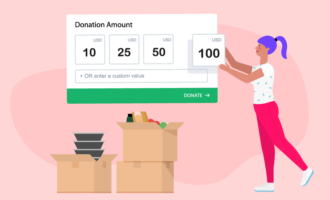



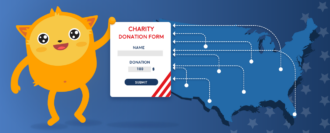



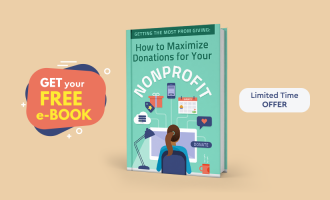



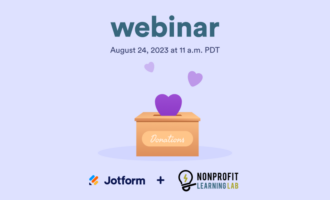


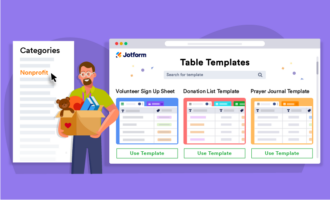



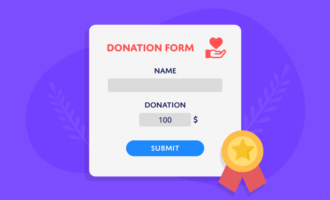

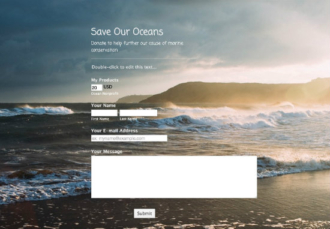

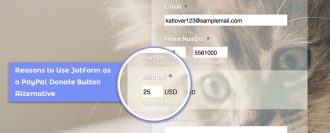

















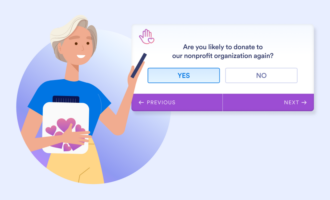



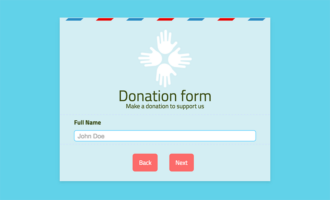
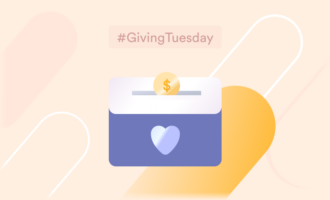







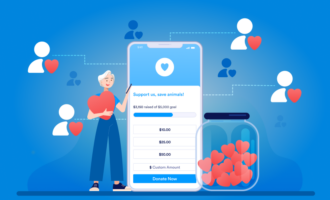
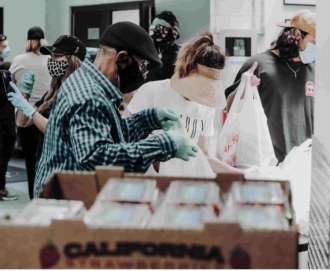

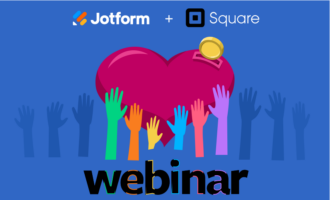








Send Comment: